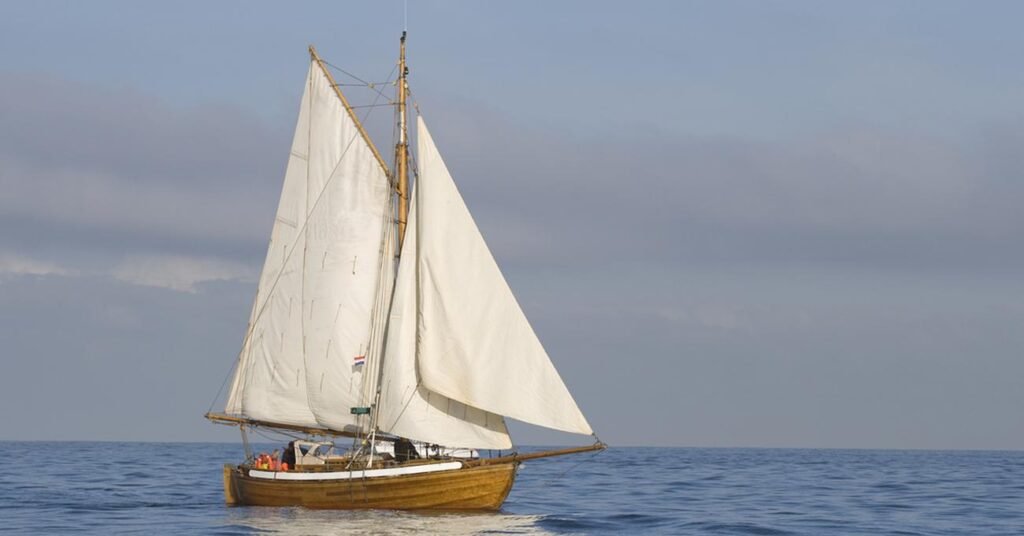Sailboats have been integral to human exploration and commerce for thousands of years. From the earliest rafts to today’s sophisticated yachts, the evolution of sailboats reflects advancements in technology, design, and an ever-growing understanding of the ocean. Let’s take a journey through the history of sailboats and explore their remarkable transformation.
1. Ancient Beginnings
The history of sailboats dates back to ancient civilizations, where the earliest known vessels were simple rafts and dugout canoes. The Egyptians are credited with some of the first sailing vessels around 4000 BC, using reed boats with simple square sails. These boats navigated the Nile and facilitated trade with neighboring cultures.
2. The Age of Exploration
During the Middle Ages, sailboats evolved significantly as maritime exploration expanded. The Vikings introduced the longship, a swift and versatile vessel equipped with a single mast and a square sail. These ships could navigate both open seas and shallow rivers, enabling the Vikings to explore vast territories.
By the 15th century, the caravel emerged as a popular sailing vessel for explorers like Christopher Columbus. Featuring a combination of lateen and square sails, caravels were agile and capable of long-distance voyages, paving the way for the Age of Exploration.
3. The Rise of the Yacht
The 17th century saw the birth of the yacht, originally designed for the royal Dutch navy to pursue pirates. These vessels were elegant and fast, capturing the attention of the aristocracy. By the 18th century, yachting became a popular leisure activity among the wealthy, leading to the development of racing and regattas.
4. Technological Advancements
The 19th century brought significant technological advancements, including the introduction of iron and steel hulls, which made sailboats more durable and robust. The clipper ship, designed for speed, became synonymous with trade and transport during this era. These vessels featured long, narrow hulls and multiple sails, enabling them to traverse the globe swiftly.
5. The Advent of Modern Sailboats
The 20th century marked a new era for sailboats, with the development of new materials like fiberglass, making them lighter and more accessible. The introduction of sailboat classes, such as the 12-meter yachts used in America’s Cup races, highlighted the growing popularity of competitive sailing.
Moreover, the design of modern sailboats has been influenced by innovations in naval architecture, leading to sleeker, more efficient hull shapes. Today’s sailboats often feature advanced rigging systems, automated controls, and integrated technology for navigation and communication.

6. Eco-Friendly Innovations
As environmental awareness grows, the sailing industry has embraced eco-friendly innovations. Modern sailboats are increasingly designed to be energy-efficient, incorporating solar panels and hybrid propulsion systems. The rise of electric sailboats demonstrates a commitment to sustainability while maintaining performance on the water.
7. The Future of Sailboats
Looking ahead, the future of sailboats promises even more exciting innovations. Developments in materials science may lead to lighter, stronger composites, while advances in automation could make sailing more accessible to newcomers. The integration of smart technology, such as real-time weather monitoring and navigation assistance, will further enhance the sailing experience.
Conclusion
The evolution of sailboats is a testament to human ingenuity and our enduring connection to the sea. From ancient rafts to cutting-edge yachts, each stage of development reflects cultural shifts, technological advancements, and a deep-seated passion for exploration. As we move into the future, sailboats will continue to evolve, combining tradition with innovation to inspire generations of sailors to come.

